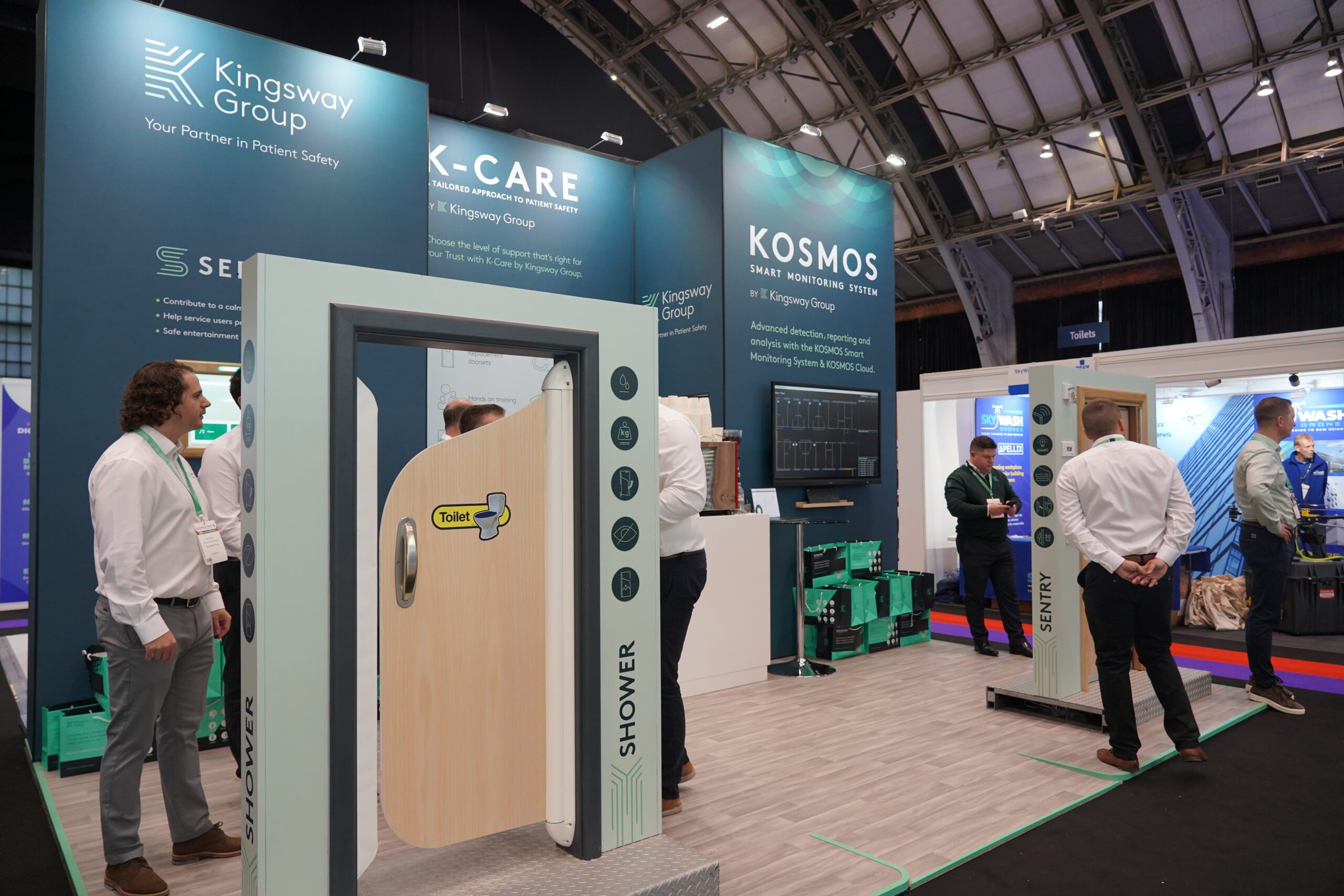
In today’s world, sustainability is not just a trend; it’s a necessity. As companies increasingly prioritise eco-friendly practices, the exhibition and events sector is no exception. Designing a sustainable exhibition stand is essential for brands looking to minimise their environmental impact while still creating a memorable and engaging presence at trade shows and exhibitions. Here’s what every brand needs to know about sustainable exhibition stand design.

Sustainable exhibition stand design includes a number of principles aimed at reducing environmental impact. Here are a few key concepts to consider:
Life Cycle Assessment: Evaluate the environmental impact of materials and processes throughout the stand’s lifecycle, from design and construction to usage and disposal.
Material Selection: Choose materials that are renewable, recycled, or recyclable. This not only reduces waste but also helps in sourcing local materials, minimising transportation emissions.
Energy Efficiency: Incorporate energy-efficient lighting, such as LEDs, and consider using solar power to run any electronic displays. This can significantly reduce energy consumption during the exhibition.
The materials used in your stand can make a significant difference in its sustainability. Some eco-friendly options include:
Reclaimed Wood: Utilising reclaimed or repurposed wood reduces the demand for new timber and adds a unique aesthetic to your stand.
Bamboo: Known for its rapid growth and renewability, bamboo is a great choice for structural elements and furnishings.
Recycled Metal and Plastic: Incorporating recycled metals and plastics not only reduces waste but can also create a modern and sleek look for your stand.
Fabric Choices: Opt for fabrics made from organic materials or those that are produced with environmentally friendly processes. Look for textiles that can be
reused or recycled after the event.
Modular stands are a sustainable choice due to their adaptability. These stands can be reconfigured for different events, reducing the need for new builds each time. On top of that, modular design choices are also cost-effective, reduce waste and are often made lighter and more compact and are therefore easier to transport.
A sustainable exhibition stand is not just about materials; it’s also an opportunity to engage with your audience on your brand’s commitment to sustainability. Here are some ideas to consider:
Interactive Displays: Use interactive elements that educate visitors about your sustainability efforts, such as touchscreens that showcase your eco-friendly practices
or product life cycles.
Informational Brochures: Provide brochures made from recycled paper, detailing your sustainability initiatives, and how your products or services contribute to a greener
future.
Giveaways: Consider eco-friendly promotional items, such as reusable bags, bamboo utensils, or plant seeds, to reinforce your commitment to sustainability.
It is important to measure the impact of your sustainability efforts as it encourages accountability and transparency whilst building customer trust. You should consider keeping a track record of key benchmarks such as material waste, energy consumption and even attendee feedback, to see if your sustainable initiatives influenced their perception of your brand.
Choosing the right partners is crucial for a successful sustainable exhibition stand. Work with vendors who share your values and have a proven track record in sustainable practices. At Envisage Spaces Group, sustainability is an essential part of our business. We’re Proud to have earned Planet Mark certification, highlighting our commitment to reducing our environmental footprint and advancing sustainable practices.
By Partnering with us, our customers play a role in reducing their own carbon footprint, by working with an environmentally responsible business like ESG. Investing in sustainable exhibition stand design can lead to enhanced brand reputation, greater attendee engagement, and a commitment to a greener future. As you plan your next exhibition, remember that sustainability is not just a choice; it’s an opportunity to showcase your brand’s values and dedication to making a positive impact on the planet.